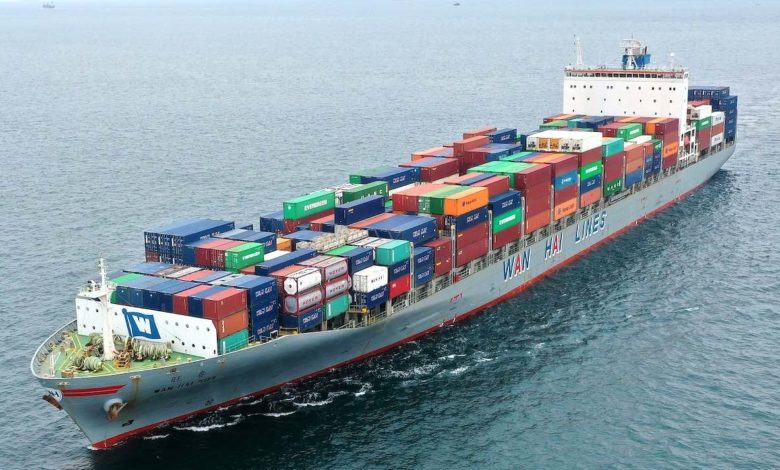
Container shipping rates entering extended period of volatility: Lars Jensen

The global container shipping industry is entering a period of volatility that will extend long after the current peak shipping season, with a return to pre-pandemic market conditions almost certainly out of reach, according to consultancy Vespucci Maritime CEO Lars Jensen.
Bottlenecks causing severe congestion throughout the supply chain in North America will eventually be reduced, but that will likely happen in no less than six months from now and more likely in the second half of 2022, Jensen said at the South Carolina International Trade Convention, held in Isle of Palms, South Carolina, Oct.18-20.
But that initial easing may precede a period of reverberation where ship capacity trapped by congestion is released to load cargoes in Asia, only to begin bunching up again at import destinations and driving rates higher, at least until the latest wave of ships orders hit the market, starting in 2023, Jensen said.
“We can very easily predict a 2022 where volatility is the name of the game,” Jensen said. “You are likely to see extreme swings, especially on the spot rates.
“We’ve been used to an industry that was rapidly growing and also an industry that always had an enormous excess of capacity,” he said, adding, “going forward we will also have excess capacity, but the gap between what we use and the absolute maximum is systemically going to be smaller than what we have been used to.”
This will make container shipping far more volatile to an external event that pushes the industry to maximum utilization, more in line with what has become the norm in more mature shipping sectors, like tankers and dry bulk, where periods of rate stability are punctuated by sharp spikes, Jensen said.
“This should not be seen as a hundred-year event where rates suddenly spike tenfold and then at some point come down again,” Jensen said. “This will be more like an event we could see once a decade or twice a decade,” Jensen said.
This will make risk management in contracts more important going forward, Jensen added. Shippers and carriers will both need to take more consideration what level of volumes they want to put into mutually committed contracts and how much exposure they want in the volatile, but flexible, spot market.
Platts Container Rate 13 — North Asia to West Coast North America — was last assessed at $8,800/FEU Oct. 21, down from $8,950/FEU last week and the all-time high level of $9,000/FEU at the start of October, as more ships were put into service on the trans-Pacific trade lanes. But the downturn was tenuous amid escalating gridlock at US West Coast ports and nodes of inland transport.
“We are always only one or two COVID-19 cases away from a major Chinese port shutting down, and that will be hanging over our heads for months to come,” Jensen said. “We have seen some decline in trans-Pacific rates, but it can always get worse as long as demand remains greater than supply.”

